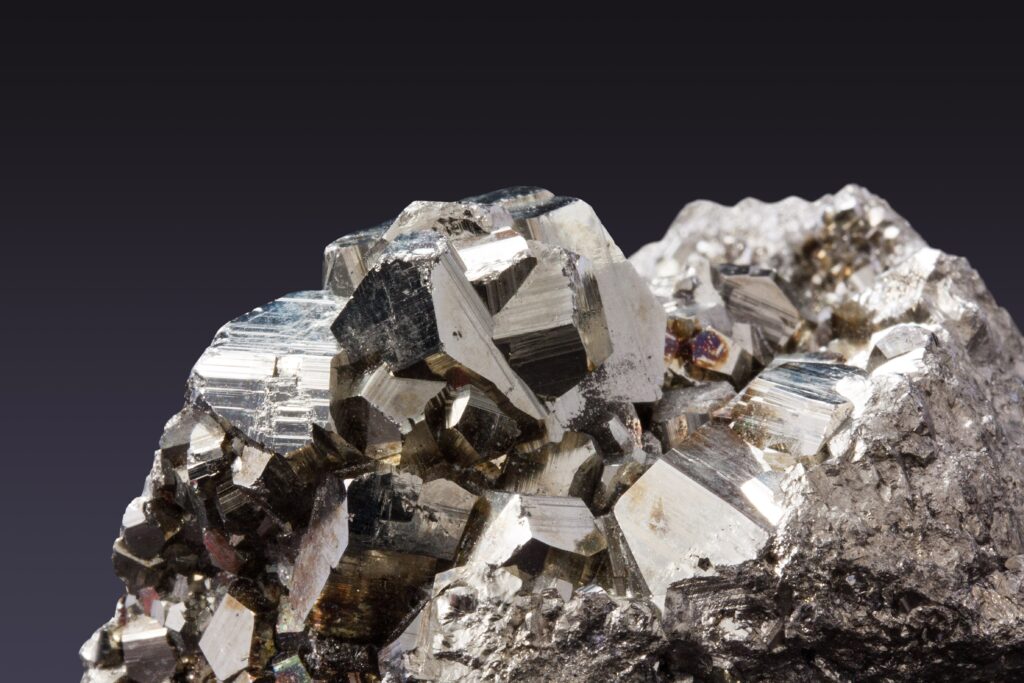Introduction:
Silver has been a prized metal for thousands of years, with a history that dates back to ancient civilizations. From its early use as a form of currency to its modern-day applications in technology and industry, silver has played an important role in human history. In this blog, we will delve deeper into the history of silver, exploring its origins, scientific properties, and evolution of uses over time.
Origin of Silver:
The origin of silver can be traced back to the early universe, where it was formed through the process of nucleosynthesis. This process occurs in the cores of stars, where atomic nuclei combine to form heavier elements, including silver.
As stars undergo fusion reactions, they produce heavier elements, and over time, these stars eventually explode in supernovae, dispersing their material throughout the universe. This process of nucleosynthesis and supernova explosions is responsible for the creation of many of the elements we find on Earth today, including silver.

Discovery on Earth:
Silver is a naturally occurring element that is found in the Earth’s crust.
The discovery of silver on Earth is difficult to pinpoint as it has been used by humans for thousands of years. However, it is believed that silver was first discovered and used by ancient civilizations in what is now Turkey, around 3000 BCE. Archaeological evidence suggests that the Hittites, an ancient Anatolian people, were among the first to discover and use silver. Silver has been found in various parts of the world, including Europe, Asia, and America.
Today, silver is still mined around the world, with major producers including Mexico, Peru, China, and Australia. It is often extracted from the Earth’s crust using various mining techniques, including underground mining and open-pit mining. Once the silver is extracted, it is typically refined and purified to produce a high-quality product.

Scientific Summary of Silver:
Silver has the chemical symbol Ag, derived from the Latin name “argentum”. It is a soft, lustrous metal that is highly ductile and malleable, making it easy to shape into various forms. Silver is the most conductive metal, with the highest thermal conductivity and electrical conductivity of any element.
Physical Properties of Silver
Silver has a white metallic color and a shiny luster that reflects light. It is relatively soft and has a Mohs hardness of 2.5-3, which means it can be easily scratched. It has a melting point of 961.8°C (1763.2°F) and a boiling point of 2162°C (3924°F).
Chemical Properties of Silver
Silver is relatively unreactive and does not corrode easily, which is why it has been used for decorative purposes throughout history. However, silver does react with sulfur compounds in the air, which causes it to tarnish over time. This tarnishing can be easily removed with polishing or chemical treatments.
Evolutionary Uses of Silver
Ancient Times
Silver has been used by humans for thousands of years, and its uses in ancient times were varied and diverse. One of the most well-known uses of silver in ancient times was for currency. Silver coins were used by ancient civilizations such as the Greeks, Romans, and Chinese as a means of trade and commerce. Silver was also used for ornamental purposes, including jewelry, decorative objects, and even clothing.
In addition to its decorative and monetary uses, silver was also used for medicinal purposes in ancient times. The ancient Greeks and Romans believed that silver had antibacterial properties and used it to treat infections and other ailments. The Egyptians also used silver to help purify water and prevent the growth of bacteria.
Silver was also used in religious ceremonies and rituals in ancient times. In Hinduism, silver is considered a sacred metal and is often used in the worship of deities. The ancient Greeks and Romans also used silver in their religious practices, often adorning their temples and shrines with silver objects and decorations.
Finally, silver was also used for practical purposes in ancient times. The ancient Egyptians, for example, used silver to make mirrors and other reflective objects. The Romans also used silver to make utensils, including spoons, forks, and knives.
Middle Ages
During the Middle Ages, silver was highly valued for its rarity and beauty. Its uses during this time were diverse and varied, ranging from currency to jewelry and even medicinal applications.
One of the primary uses of silver during the Middle Ages was as currency. Silver coins were used throughout Europe, and the purity of the silver content determined their value. The silver penny was the most widely used coin during this time, and it was often the only form of currency available to the common people.
Silver was also highly prized for its ornamental uses. It was used to create intricate jewelry designs, often set with precious stones such as diamonds and rubies. Silver was also used to decorate religious objects, such as chalices, candlesticks, and crosses.
In addition to its decorative and monetary uses, silver was also used for medicinal purposes during the Middle Ages. It was believed to have healing properties and was often used to treat wounds and infections.
Finally, silver was used in various industrial applications, such as the production of mirrors and tableware. It was also used in the production of weapons, including swords and armor.
In conclusion, the uses of silver during the Middle Ages were diverse and widespread. Its value as a commodity was widely recognized, and it played a significant role in shaping the economy and culture of this time period.
Modern Era
The modern era has seen a dramatic expansion in the uses of silver, with its applications now extending to a wide range of industries and technologies.
One of the primary uses of silver in the modern era is in the production of electronics. Silver is an excellent conductor of electricity, making it an essential component of electrical wiring, printed circuit boards, and other electronic components. It is also used in the production of batteries and solar panels.
Silver is also widely used in the medical field. It has antimicrobial properties and is used in various medical applications, such as wound dressings and surgical instruments. It is also used in dental fillings and in the production of diagnostic tests.
In addition to electronics and medicine, silver is also used in the production of jewelry and luxury goods. It is also used in the production of mirrors, silverware, and other decorative objects.
Finally, silver is used in the photography industry, where it is used to produce high-quality photographic film and paper. It is also used in the production of x-ray films.
In conclusion, the uses of silver in the modern era are vast and diverse. Its properties and versatility have made it an essential component of numerous industries and technologies. Despite its expanding applications, silver remains a valuable commodity, highly prized for its unique properties and its enduring beauty.
Conclusion:
Silver has a rich history that spans thousands of years, from its early use as a form of currency to its modern-day applications in technology and industry. Despite its many uses, silver remains a precious metal that is highly valued for its beauty and rarity.
The discovery of silver has had a profound impact on human history, from the way we trade and do business to the way we capture and preserve memories. As we continue to explore new uses for silver, it will undoubtedly continue to play a crucial role in shaping our world.
